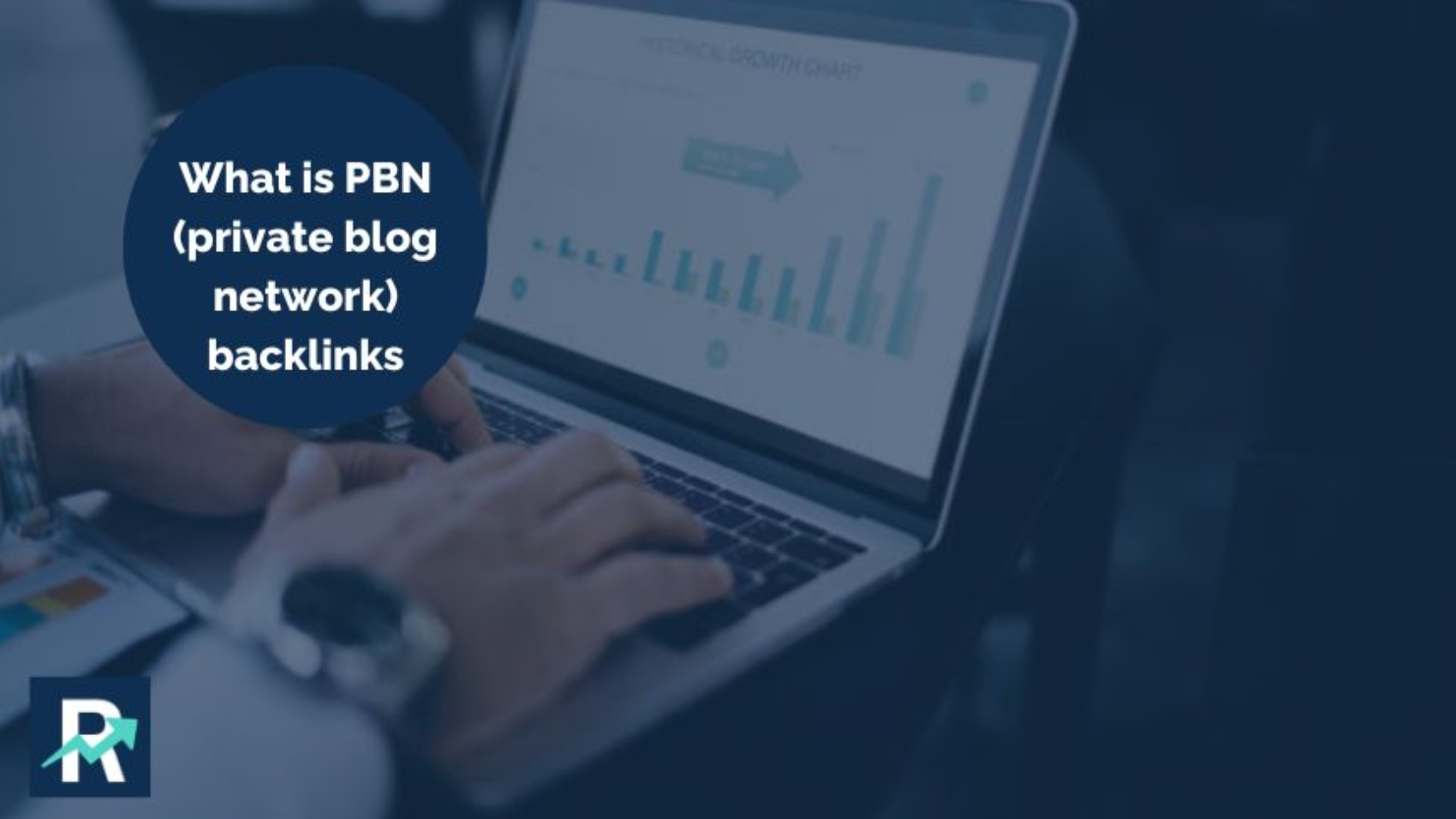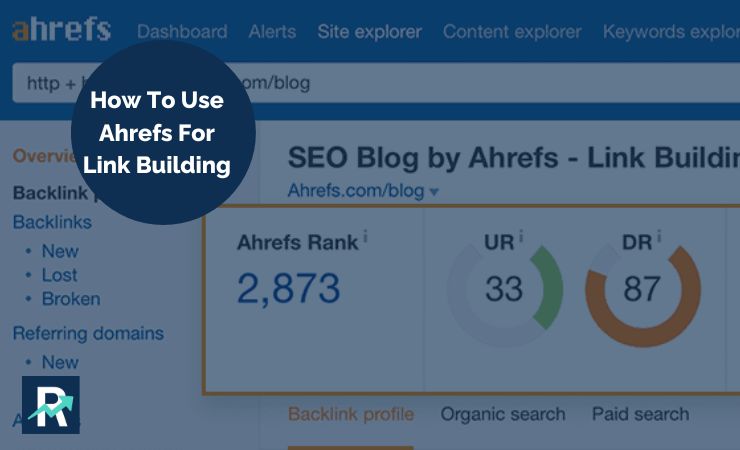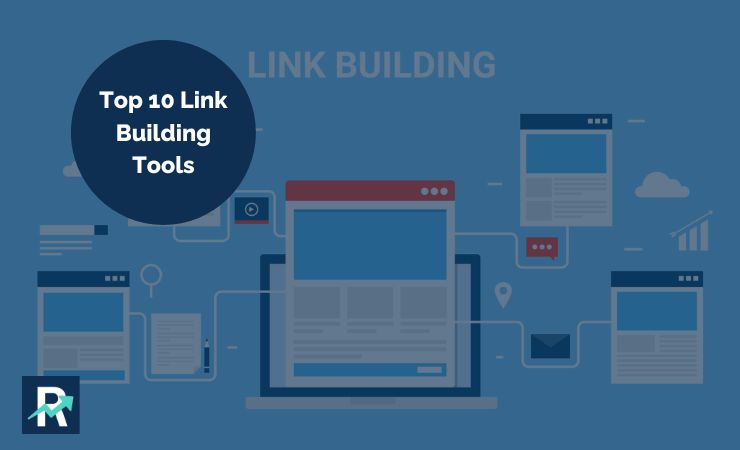In the ever-evolving SEO landscape, the allure of “more backlinks, more success” can be tempting. But at Rankupmagic, we know the true path to SEO mastery lies in strategic link building, not chasing an arbitrary daily quota.
In this article, we’ll delve into the intricate world of backlinks, exploring the optimal quantity that empowers your website to rise through the search engine ranks.
We’ll uncover the factors that influence the ideal backlink profile and equip you with valuable insights to navigate the complex world of SEO with confidence. So, buckle up and get ready to unlock the secrets of building a powerful backlink strategy tailored to your specific needs.
The Backlink Conundrum: Quantity vs. Quality
The world of SEO is often riddled with myths and misconceptions, and the concept of backlinks is no exception. One such misconception is the existence of a magic number – a specific daily quota of backlinks that guarantees SEO success.
At Rankupmagic, we’re firm believers in strategic link building, and that starts with understanding the crucial distinction between quantity and quality when it comes to backlinks.
Here’s the truth: there is no one-size-fits-all answer to how many backlinks are safe or ideal per day. The search engine algorithms are far more sophisticated than simply counting the number of links pointing to your website. Instead, they prioritize the quality and relevance of those backlinks.
A single high-quality backlink from a reputable website within your niche holds significantly more weight than a multitude of low-quality links from irrelevant sources.
Therefore, it’s crucial to shift your focus from quantity to quality. By consistently creating valuable content, building genuine connections with relevant websites, and implementing ethical link-building strategies, you’ll be well on your way to establishing a powerful backlink profile that truly drives SEO success.
Why the Fuss About Unnatural Linking?
While the urge to amass a massive backlink collection might seem like a fast track to SEO success, it’s crucial to understand the potential pitfalls of unnatural linking.
Imagine stuffing your website with low-quality backlinks like an overstuffed backpack – it might appear impressive on the surface, but it becomes cumbersome to carry and ultimately hinders your journey. Here’s why focusing on quality over quantity is paramount:
Search engines prioritize relevance and trust:
Google and other search engines are sophisticated algorithms that can differentiate between genuine, organic links and those acquired through manipulative tactics. They value backlinks from relevant websites with established credibility, as these signify a natural endorsement of your content and expertise.
Low-quality backlinks can harm your website:
Engaging in practices like buying links or participating in link schemes can actually damage your website’s ranking. Search engines penalize websites with unnatural backlink profiles, potentially pushing your website down the search results page instead of propelling it upwards.
Building relationships takes time, but pays off:
Instead of chasing an unrealistic daily quota, focus on building genuine relationships with relevant websites within your niche.
This approach yields long-term benefits, as it fosters trust and encourages organic link acquisition. Remember, quality backlinks are like gold nuggets, valuable and worth more than a mountain of pebbles.
Algorithmic Red Flags:
Search engines, particularly Google, possess sophisticated algorithms designed to detect websites engaging in manipulative backlink practices.
Acquiring backlinks too quickly or through unnatural methods like buying links or participating in link schemes can trigger these algorithms, resulting in penalties that can severely hamper your website’s ranking.
Trust and Authority:
Building backlinks gradually through valuable content creation and organic connections fosters a more natural and sustainable approach to SEO. This strategy not only mitigates the risk of penalties but also establishes your website as a trusted and authoritative source of information.
Remember, search engines place a high value on trust and authority, making organic backlink acquisition an invaluable investment in your website’s long-term success.
Building High-Quality Backlinks the Right Way:
Focusing solely on the quantity of backlinks is a recipe for disappointment in the SEO world. Instead, at Rankupmagic, we advocate for a strategic approach that prioritizes building high-quality backlinks that truly boost your website’s ranking and visibility. Here are three key strategies to get you started:
Craft Shareable Content:
The cornerstone of any successful backlink strategy lies in creating informative and engaging content that others naturally want to link to. This could be anything from insightful blog posts and comprehensive guides to creative infographics and thought-provoking videos.
Remember, valuable content attracts links organically, establishing your website as a trusted source of information within your niche.
Embrace Guest Blogging:
Collaboration is key in the digital age. Partnering with relevant websites in your niche through guest blogging is a powerful way to gain valuable backlinks and reach a wider audience.
By contributing high-quality guest posts that resonate with their readers, you can establish yourself as an expert and naturally acquire backlinks to your website.
Engage in Online Communities:
Don’t underestimate the power of online communities. Actively participating in relevant forums, discussions, and social media groups allows you to showcase your expertise, build relationships with potential collaborators, and organically attract backlinks.
By consistently providing valuable insights and engaging in meaningful conversations, you can establish yourself as a thought leader within your industry and attract links from credible sources.
Patience and Quality: The Pillars of Backlink Success
Remember, building a strong backlink profile is a marathon, not a sprint. Don’t be tempted by shortcuts or quick fixes. Instead, focus on long-term strategies that foster genuine connections and yield sustainable growth.
In the realm of backlinks, quality reigns supreme. A single high-quality link from a relevant source holds far more weight than a multitude of low-quality backlinks from spammy websites. Prioritize building relationships with trustworthy websites within your niche and create content that deserves to be linked to organically.
Finally, maintain a watchful eye on your backlink profile. Regularly use tools or services to monitor any suspicious links that might have appeared (e.g., from irrelevant or low-quality sources).
If you encounter such links, promptly utilize Google’s Disavow Tool to inform search engines that you do not endorse them. This proactive approach safeguards your website from potential penalties and ensures your backlink profile remains robust and trustworthy.























